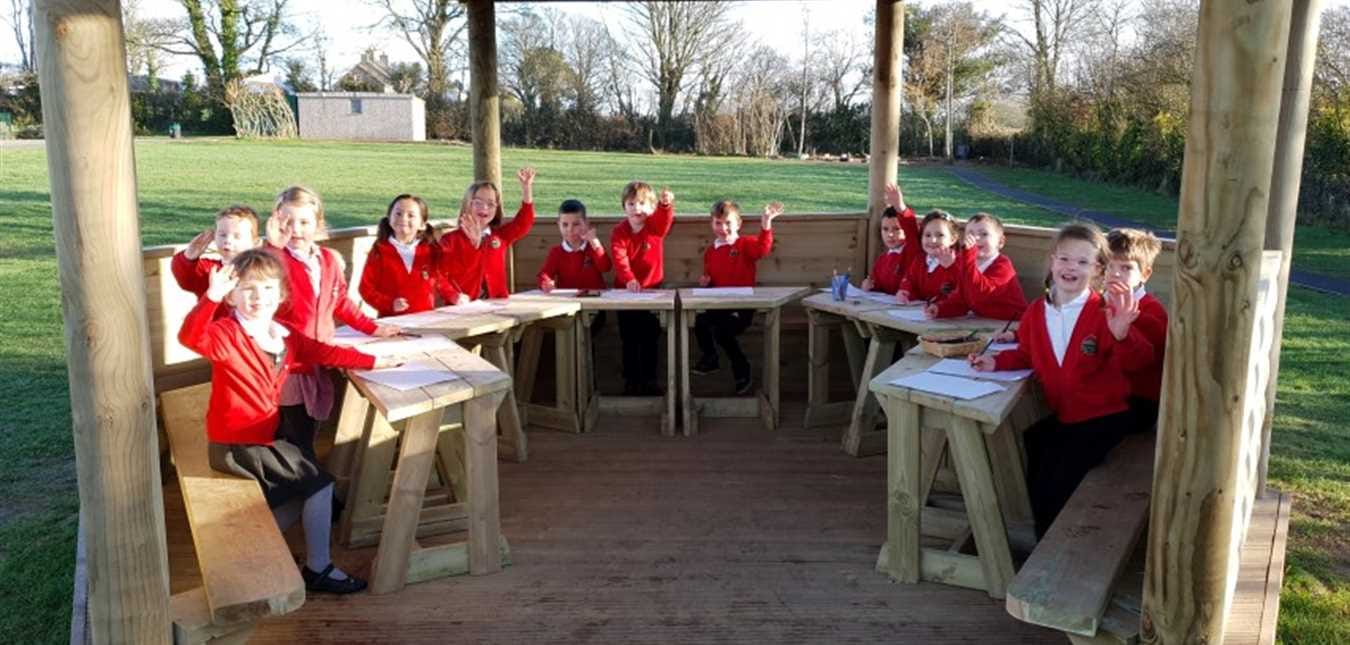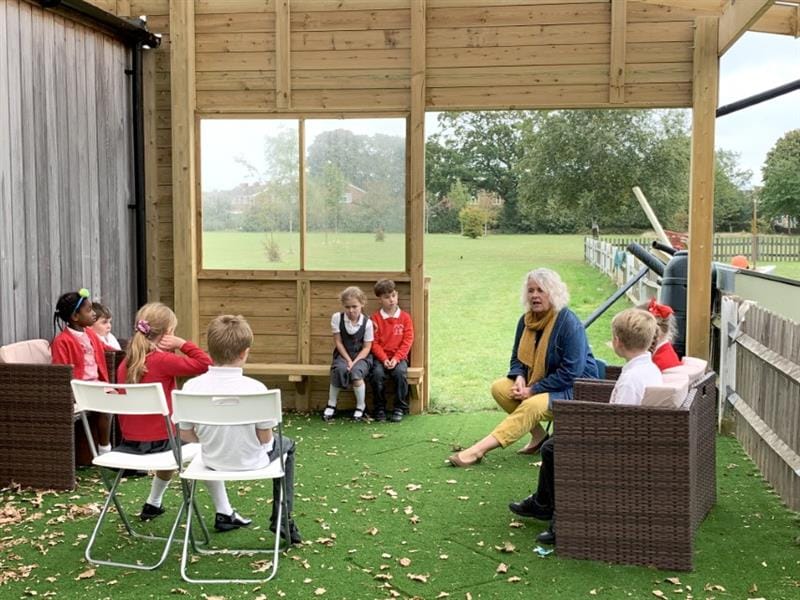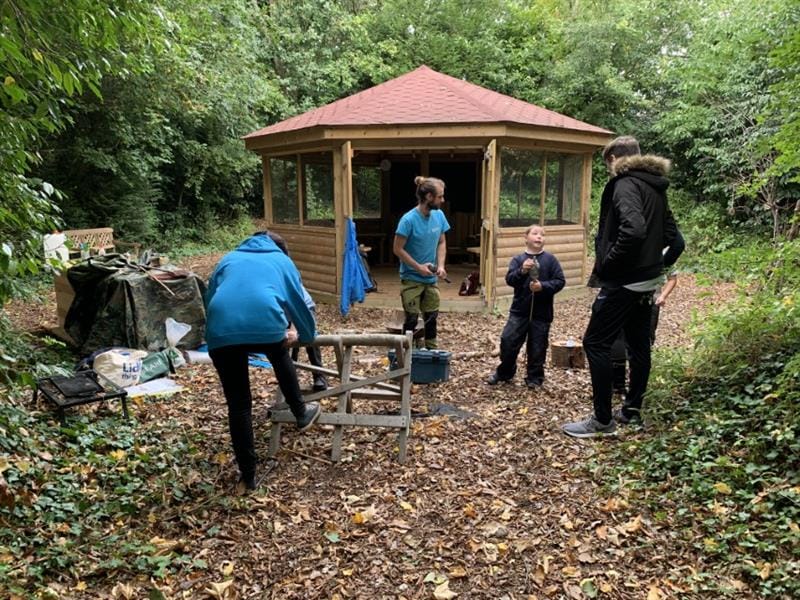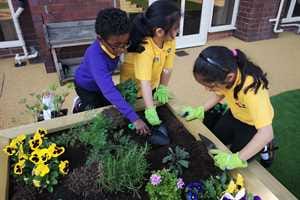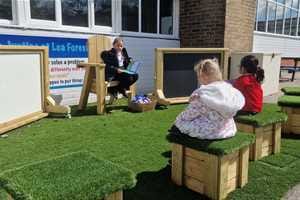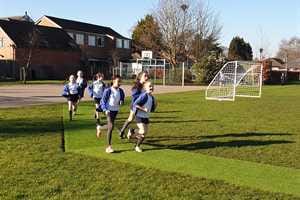
Outdoor Learning and Play
How to find Awe and Wonder in Outdoor Classroom Design
As an educator you hope for those ‘wow’ moments, for the audible gasps when their eyes seem to sparkle, the cogs are turning and their smile stretches from ear to ear. In those flashes of brilliance, you know children are fully engaged in their learning and they are empowered to discover more.
In our rapidly changing world, that is dominated by screens and new technology, it is a delight to watch children become mesmerised in the wonders of nature.

What is awe and wonder?
‘We are here to feel, wonder and gaze in awe at the world. Instead of just teaching our children how to use things and do things, I suggest we nourish their sense of wonder.’ Bernie Siegel
Awe can be described as a powerful feeling that leaves a mark. It moves, inspires and motivates us. Wonder in a child is an inner desire to learn that is ready to be awakened. Educators seek to develop natural curiosity, creativity and the ability to make connections.
As adults we can view certain things as ordinary but from the perspective of a child, who may have limited experience of the world, it can be extraordinary. This is why practitioners plan with children’s interest in mind.
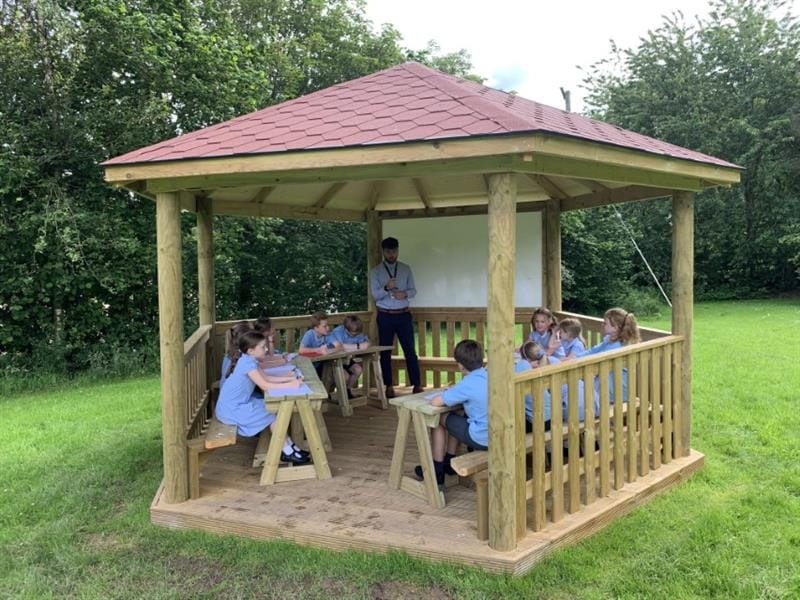
I have seen children become engrossed in looking at patterns in frost on a particularly cold morning and amazed at the sight of their breath in the chilly air.
Children are naturally curious and ask lots of questions. Sometimes asking, ‘Are there any questions about this?’ causes a wave of responses and that can be something to be actively encouraged.
Young minds can wonder about big topics such as the origins of our species, the vastness of the cosmos, life, love, death, art and nature to name a few. Children have a thirst for knowledge and develop their own theories. As practitioners we recognise and support experiences.
Young children don’t necessarily need to be overwhelmed by content knowledge yet but to experience the world as beautiful and joyous and be ready to find out more.
I can remember moments of awe and wonder from my childhood. The excitement of spotting a rainbow is something I still do with my children today. Where did it come from? What colours can we see? What is at the end and how do we find it?
Even now an autumn walk through the forest, the bloom of the springtime blossom or the sight of a sunset when driving home can leave me astounded. I’m left with a greater awareness of our wonderful world and my place within it. We can share these feelings of awe and wonder with the children by modelling, recognising, enriching and responding.
‘Go out I beg of you
And taste the beauty of the wild
Behold the miracle of the earth
With all the wonder of a child.’ Edna Jaques
The Outdoor Classroom
Having an outdoor classroom space created by Pentagon Play is the perfect place to encourage awe and wonder. Now, more than ever, after months of online learning children need to feel connected to nature. Here are some ways that you can use your space and build upon children’s interests within Early Years and beyond...
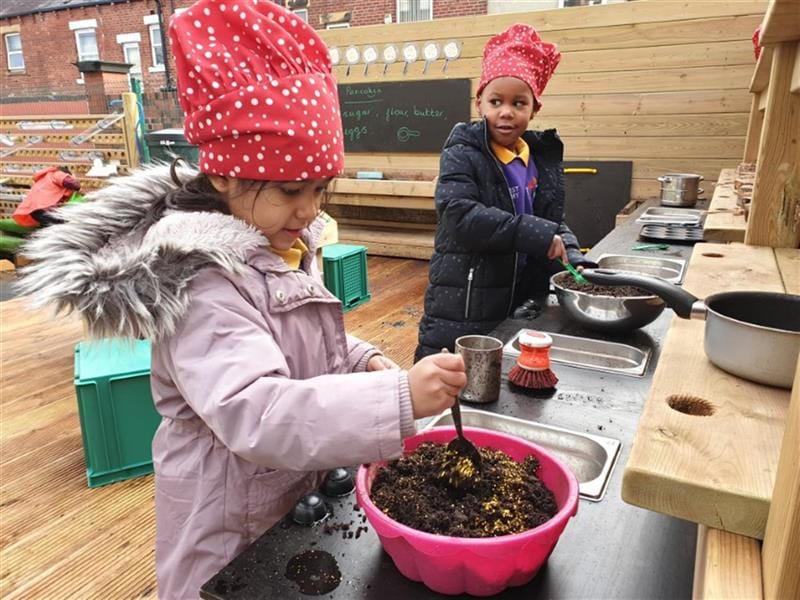
Connect to the Natural Environment
A Sheltered Classroom really allows you to be outside in all weathers.
When it is raining, just like our well-known piggy friend, there is nothing children enjoy more than splashing through the biggest and longest puddles they can find. They could swirl a stick around very quickly to make a whirlpool, add a figure and see what happens. Art could be made by leaving painted paper out in the rain and watching the drops dance on the page.
In winter they could paint ice with watercolour paints or try to blow a frozen bubble. Raindrops and snowflakes can be caught on tongues and snow can be felt and seen melting.
Autumn treasures such as leaves and seeds can be collected for the nature table and viewed through a magnifying glass. Conker shells can be cracked open and even standing on a playground mound, feeling the power of the wind can provide a wonderful sensory experience.
So you see, there are many benefits to Outdoor Classrooms!
If you would like to discuss creating an outdoor classroom, please Contact Us for a free, no-obligation consultation with one of our expert playground consultants.
We have a fantastic range of School Playground Equipment to fully support the curriculum outdoors, allowing awe and wonder to be present in your outdoor space!
